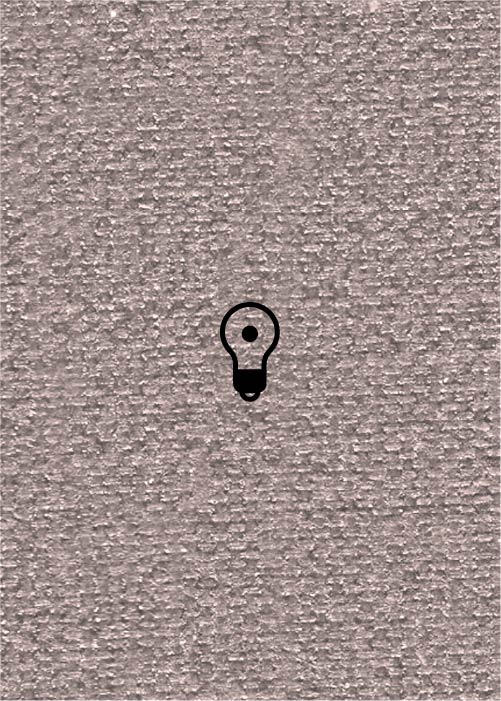(122 results found)

Toyten-tants (LKT)
… Jew... Soon, Dances of Death sprang up in Roman and German forms. The Christians performed them during church …

Skotshne/Skochne
… of the dances of the Slavs. He idealizes, as it were, the forms of the Czech rhythm, giving us non-pictorial dances in …

Shtoktants (LKT)
… of the Stick’). Immediately, a circle of young scholars forms around the old man. The circle remains just wide …

Sher
… the full reference. “Sher: One of the most common dance forms in the Jewish repertoire, similar to a square dance or … EncyJud 1971, p. 1266 . “Two groups developed dance forms of their own--the Hasidim and the Yemenites. Of the … of Eastern Europe, this first dance developed into the forms that are known here until this very day ... The names …

Pas d’espagne (LKT)
… Kutzatsky, Bulgar, Pas d’Espagne , Vingerka , Waltz , forms of popular Russian, Polish, and Rumanian dances.” …

Lancelot (LKT)
… Kutzatsky, Bulgar, Pas d’Espagne , Vingerka , Waltz , forms of popular Russian, Polish, and Rumanian dances.” …

Quadrille (LKT)
… is interesting because of the clapping accompaniment which forms a counter-rhythm. This line influences the rhythm. …

Kozatske (LKT)
… Kutzatsky, Bulgar, Pas d’Espagne , Vingerka , Waltz , forms of popular Russian, Polish, and Rumanian dances.” …

Flash-tants/fleshltants (LKT)
… is also danced. The ‘fleshl-tants’ also has two forms of dance... the dance itself is performed to the …

Doyne (LKT)
… of the Stick’). Immediately, a circle of young scholars forms around the old man. The circle remains just wide … chant, Chassidic tunes and klezmer... there are deeper forms from which the dances evolved... meditative …


